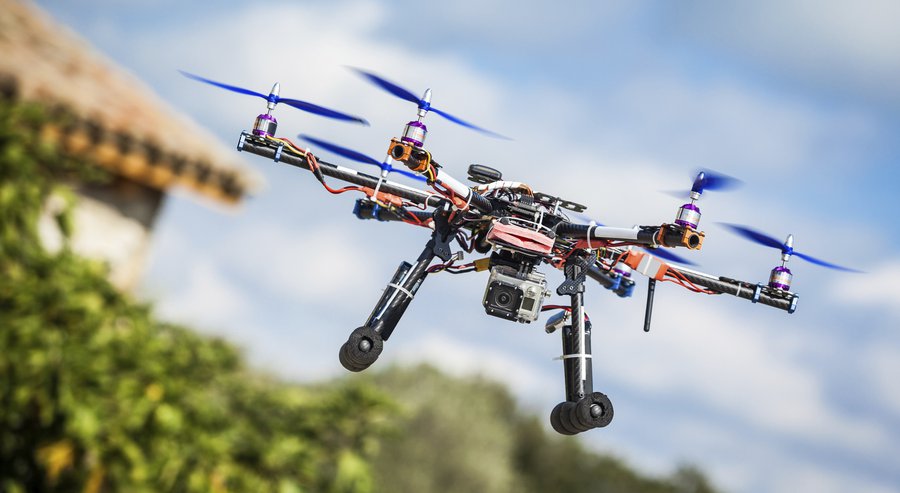The White House is drafting legislation that would give the Department of Homeland Security (DHS) and other federal law enforcement agencies the authority to disrupt, take over or even destroy drones in U.S. airspace that they suspect as a threat, The Wall Street Journal reports.
Officials are reportedly trying to expand the commercial use of drones by giving federal agencies the authority to interfere with the drones by using radio transmission or other communications. Agencies would also be allowed to take down drones they deem suspicious.
The administration of President Donald Trump is working on the measure as part of its effort to both speed the introduction of rapidly expanding drone technology and address growing security concerns, Michael Kratsios, an assistant to the president who is deputy U.S. technology officer, said Tuesday.
Kratsios offered few details of the plan in remarks to a Federal Aviation Administration-sponsored conference on civilian drones in Baltimore, the effort has been underway for months and involves multiple U.S. agencies, according to an official briefed on the talks.
“We need to reduce risks…to public safety” from the errant or hostile use of drones, Mr. Kratsios told a government-industry conference here. The bill, among other things, seeks to eliminate the outright ban against any of the agencies interfering with radio transmissions or other communications affecting unmanned aerial vehicles. Current U.S. law, including wiretapping statutes and other aviation regulations, make it difficult to use existing tools to track drone flights.
As it stands, The Pentagon and the Energy Department already have the authority to interfere or destroy unidentified drones that pass over their facilities. With the proliferation of drones in the skies, other federal government agencies would like the same powers, to stop potentially dangerous drones. The FAA announced earlier this year that it has registered over 1 million drones, 70,000 of which were classified primarily for commercial use.
Several U.S. intelligence reports and news stories highlighting terrorist groups weaponizing off-the-shelf drone models also has added to White House concerns. Acting FAA administrator Daniel Elwell warned that faced with the potential threat of “people who aren’t playing by the rules,” a single “malicious act could put a hard stop (to) all the good work we’ve done.”
Under the current legal framework, if a drone suddenly appears over a crowd and its intention isn’t clear, “we have limited tools to use,” according to Angela Stubblefield, a high-level FAA official responsible for security issues.
She told the conference that security experts describe the range of potential threats from hostile actors to hobbyists who inadvertently interfere with helicopters assisting firefighters, emergency medical evacuations or local police. The array of possible troublemakers encompasses “the clueless, the careless and the criminals,” she said.
The FAA is also drafting a new regulation that will require some or all small consumer drones to broadcast their identity and position. The purpose is to improve safety and allow law enforcement to better track potential threats.
The FAA had previously tried to get approval for proposals that would create drone identification and that allow remote tracking of drones. However, the plans failed because of a lack of agreement within the industry and because federal law enforcement agencies wanted authority for counteraction if it was to agree to the proposals.


